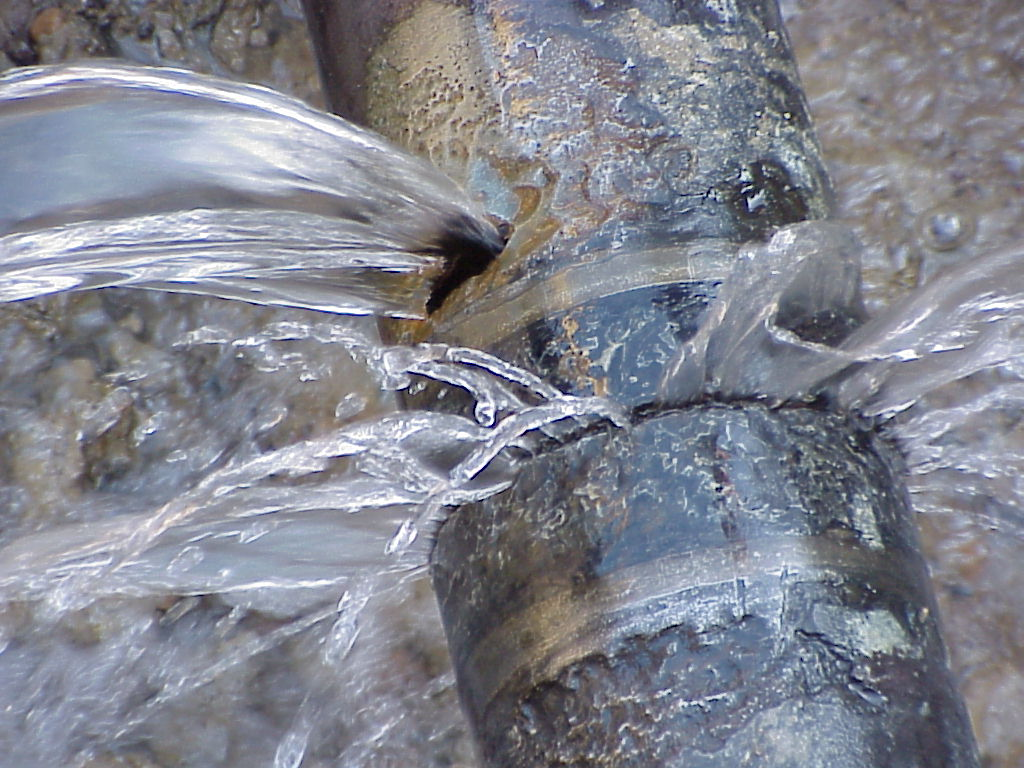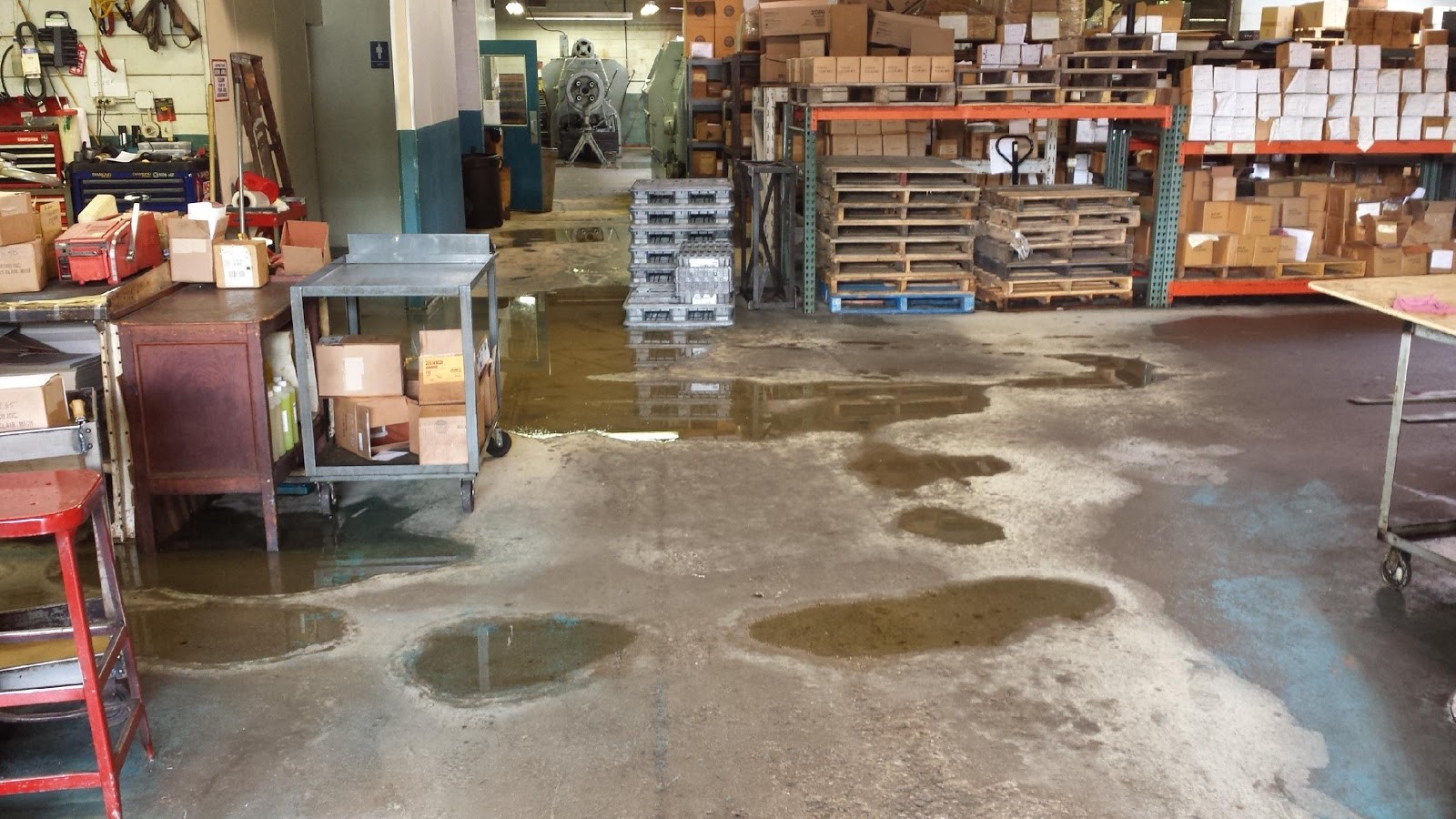Stop the Flood: Strategies for Finding and Dealing With Burst Pipes
Stop the Flood: Strategies for Finding and Dealing With Burst Pipes
Blog Article
We have encountered this great article about How to Install and Connect a New Dishwasher listed below on the web and accepted it made good sense to relate it with you on my blog.

A burst pipe is a significant emergency; you can only stand as you watch water you pay a lot to rejoin with the earth. In even worse situations, you notice a swimming pool on your kitchen area floor, which is an excellent trip threat, particularly if you have kids around. If the pipe that ruptured was in your walls, trouble: you may need to paint that whole section.
Just how can a calamity like a ruptured pipe be protected against and taken care of? Well, by listening to your expert emergency plumbers and also following these regulations.
How do I recognize when my pipes have burst?
Fluctuating water stress
Pipes do not simply burst in a day. You may have noticed that your kitchen area tap or shower does not run right away when you turn the tap. It may stop for a few secs and then blast you with more pressure than typical.
In various other instances, the water might seem typical in the beginning, then decrease in pressure after a couple of seconds.
Damp walls and also water spots
Before a pipeline ruptureds, it will leakage, a lot of times. If this persistent dripping goes unnoticed, the leak might finish into a large gash in your pipe. One very easy way to avoid this emergency is to keep an eye out for damp walls ad water discolorations. These water stains will lead you right to the leakage.
Puddles under pipelines and sinks
When a pipeline ruptureds, the outflow develops a pool. It might appear that the puddle is expanding in dimension, and no matter the number of times you wipe the pool, in a few minutes, there's one more one waiting to be cleansed. Often, you may not have the ability to map the pool to any visible pipelines. This is an indicator to call a specialist plumber.
Untraceable dripping noises
Pipeline ruptureds can take place in the most unpleasant locations, like within concrete, inside wall surfaces, or under sinks. When your house goes quiet, you may be able to hear an irritatingly consistent leaking sound. Also after you have actually checked your shower head and kitchen area tap, the leaking might proceed.
Beloved reader, the dripping may be coming from a pipe inside your wall surfaces. There isn't much you can do regarding that, other than inform a specialist plumber.
Shut down the Water
When water ices up, it expands in volume by about 9 percent. And it expands with remarkable force: The pressure inside pipes may go from 40 pounds per square inch to 40,000 psi! No pipe can hold that much pressure, so it breaks open. The break may occur where the ice forms, but more often, it happens where water pressure finds a weak point in the pipe. That may be inches or even feet from the icy location. Find the water shutoff valve and turn off the water to stop even more damages. You might also require to shut down the power too, relying on where the leakages happens as well as exactly how huge it is.
Contaminated water
Many people assume a ruptured pipeline is a one-way electrical outlet. Rather the contrary. As water drains of the hole or gouge in your plumbing system, contaminants find their method.
Your water might be polluted from the source, so if you can, check if your water tank has any kind of issues. Nevertheless, if your drinking water is supplied and also detoxified by the city government, you ought to call your plumber instantly if you see or scent anything amusing in your water.
What do I do when I identify a burst pipeline?
Your water meter will certainly continue to run even while your water wastes. To decrease your losses, discover the main controls and transform the supply off. The water mains are an above-ground structure beside your building.
How to Fix & Detect a Leaking Pipe
How Do I Know if a Pipe is Leaking?
Leak detection tests can help you determine if your pipe has a leak. Even if you don’t see an apparent leak, you should still conduct leak detection tests regularly to save water and money—and prevent major damage to your home.
Water meter. It can be helpful to figure out what your usual water meter usage numbers are and then monitor them regularly. To monitor your meter, first, turn off all water faucets in your home. Check the meter and write down the numbers. In a few hours, check the meter again. If the numbers have changed, you have a leak. Water gauge. Use a water gauge to test your water pressure. Your showerhead should produce a certain amount of water pressure based on its model and design. If the pressure is lower than it is supposed to be for that specific showerhead, your home likely has a leak. Puddles. Look inside your bathroom, laundry, and kitchen sink cabinets. Puddles around the cabinets or around toilets, tubs, showers, and washing machines indicate the presence of a leaking pipe. You may also notice loose tiles, peeling or flaking paint, or mold caused by water accumulation. Napkin test. Even if you don’t see any puddles, you may still have a leak. You can test for water leaks in the bathroom, laundry, and kitchen by wiping below-sink connections with a napkin, paper towel, or piece of toilet paper. If it becomes damp, you probably have a leaking pipe under the sink. Discolored walls. Walls that are discolored—usually with brown or yellow stains—or bulging might mean that they have been impacted by water damage caused by a leaking pipe. Smell. A leaky pipe will create sitting water, and over time, that water may develop a musty smell. If your home smells musty, but you can’t locate the source, it may be due to a leak. Steps for Fixing a Leaking Pipe
A leaky drain can be remedied by tightening the pipe base, replacing the drain seal, caulking the rim, and tightening the pipe nut. Similarly, a leaking toilet pipe can be treated by tightening the packing nut. You may also need to replace the valve. A leaky faucet may just need tightening or replacement of the washers. If that doesn’t work, consider replacing your faucet. If your pipe has a hole in it, you may want to use a pipe leak sealer or pipe leak tape. This quick fix for water pipe leaks can also temporarily fix a copper pipe leak. https://www.ahs.com/home-matters/quick-tips/how-to-tell-if-pipes-are-leaking/

I am just very enthusiastic about How to Install and Connect a New Dishwasher and I am assuming you enjoyed reading our page. Sharing is caring. You just don't know, you may be helping someone out. Thanks a lot for going through it.
Suggested Site
Report this page